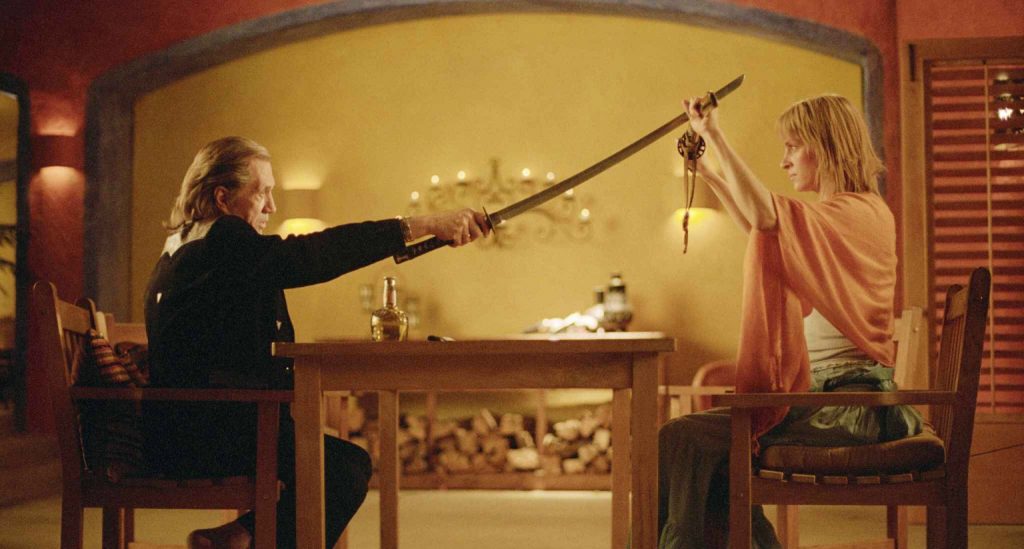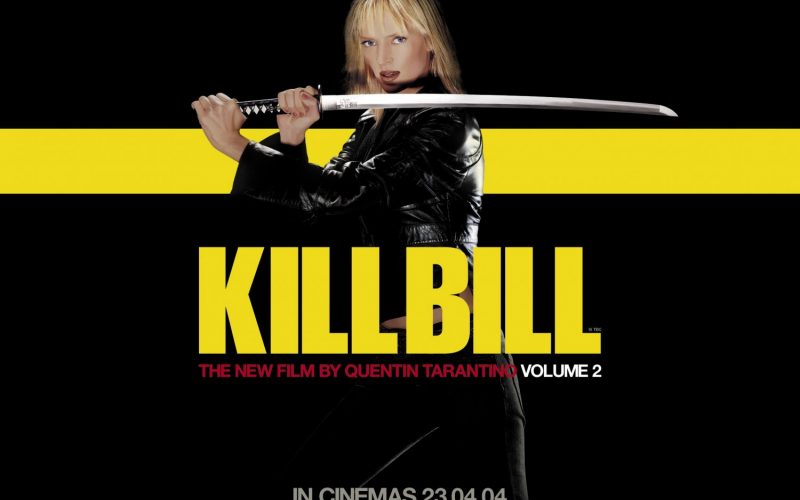Quentin Tarantino’s first 25 years, Part 5 – Kill Bill: Vol 2 (2004).
“That woman deserves her revenge and… we deserve to die.”

In the first half of Quentin Tarantino’s rip roaring tale of revenge we saw Uma Thurman’s character of The Bride set forth on a bloodthirsty spree of vengeance armed with her Hattori Hanzo sword. After cutting swathes through The Crazy 88 Yakuza gang and striking two names off her list of former fellow members of The Deadly Viper Assassination Squad, she now has only two names left before she goes after her former lover and boss, the Bill of the film’s title.
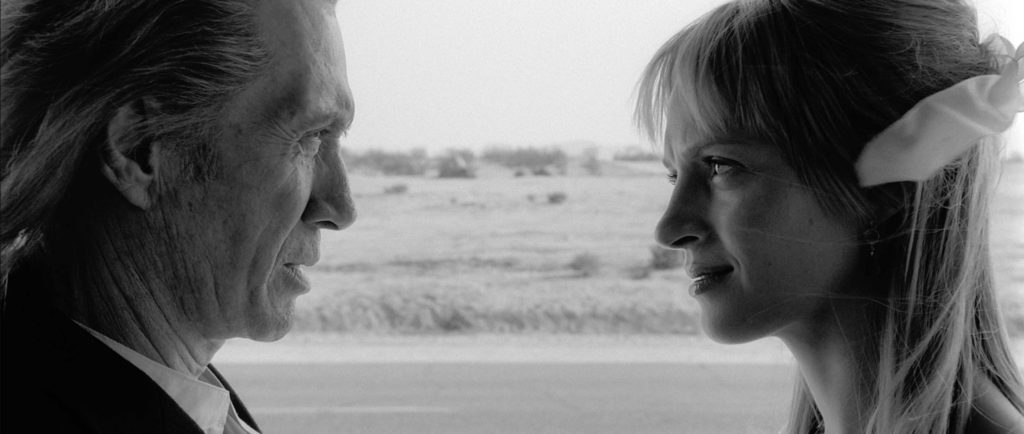
The mish-mashing of genres seen in Vol. 1 continues in Vol. 2 with the Film Noirish black & white opening replete with The Bride’s intentionally hammy narration. We also get full disclosure on the church massacre where Bill confronts the lover who jilted him before his group of deadly assassins lays waste to the small wedding party. The conversation between the pregnant Beatrix and Bill brims with tension. We already know the bloody outcome but the cruelly playful way that Bill toys with Beatrix shows in just one scene how ruthless he is and ultimately someone worthy of the full extent of Beatrix’s vengeance. Look out for Tarantino regular Samuel L. Jackson in a blink and you’ll miss it cameo as the church piano player.
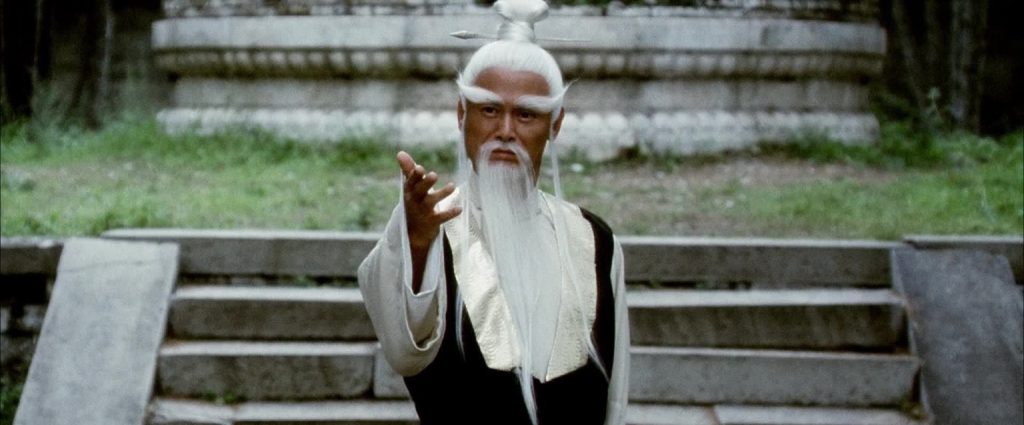
Volume 1 purposely held back on the Bride’s backstory but here we learn her name and later on in the film, her reasons for leaving Bill with his unborn child. Kill Bill Vol. 2 runs 26 minutes longer than the first film and is far more generous with backstory and scenes of dialogue that add some much needed depth to the almost paper thin characterisation of the first film. Whilst the first film was somewhat vacuous in terms of plot in place of frenetic action, the second film has a far more measured pace. When Beatrix goes after Michael Madsen’s Budd, younger brother to Bill, the film shifts gears into full on western mode and not just because of these scene’s southwest desert setting but the tone the film strikes is very much like a classic revenge western. After Budd overpowers the previously invincible Beatrix and buries her alive, Tarantino pulls yet another bold genre shift into a full on pastiche of the Chinese Kung-Fu film as we see, in flashback, Beatrix’s arduous training under Master Pai Mei, the man who turned Bill into a highly trained killing machine. The casting of David Carradine as Bill is yet another loving callback, this time to the classic ’70s TV show Kung-Fu in which Carradine starred.
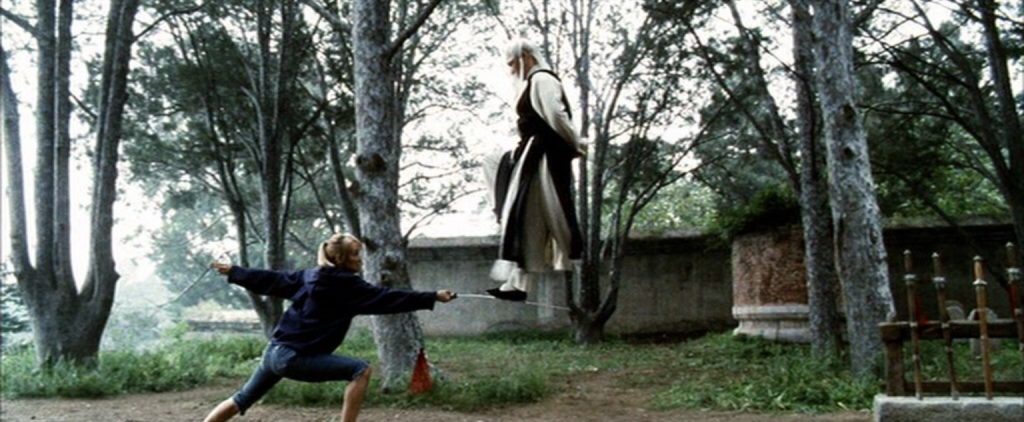
The Pai Mei chapter is one of Volume 2’s highlights. Pai Mei’s physics defying abilities and comically stern demeanour are perfectly captured by actor Chia-Hui Liu who also played Johnny Mo, one of the Crazy 88, in Vol. 1. It’s here that Beatrix bears the punishment doled out to her, in turn earning Pai Mai’s respect. The master then imparts to his pupil several techniques that will later be of great use to her including the three inch punch that allows her to punch through the wooden coffin in which Budd has buried her and escape a horrible death. It’s all completely implausible and frankly absurd but the confines of reality were blown away fairly early on in the first film and these films aren’t to be taken entirely seriously. The Pai Mei chapter is a sort of interlude before we return to the Budd story. The three main antagonists in Volume 2 are given much more screen time than Vernita Green and O-Ren Ishii were in Volume 1 and this makes for a greater sense of satisfaction when their eventual punishment is doled out.
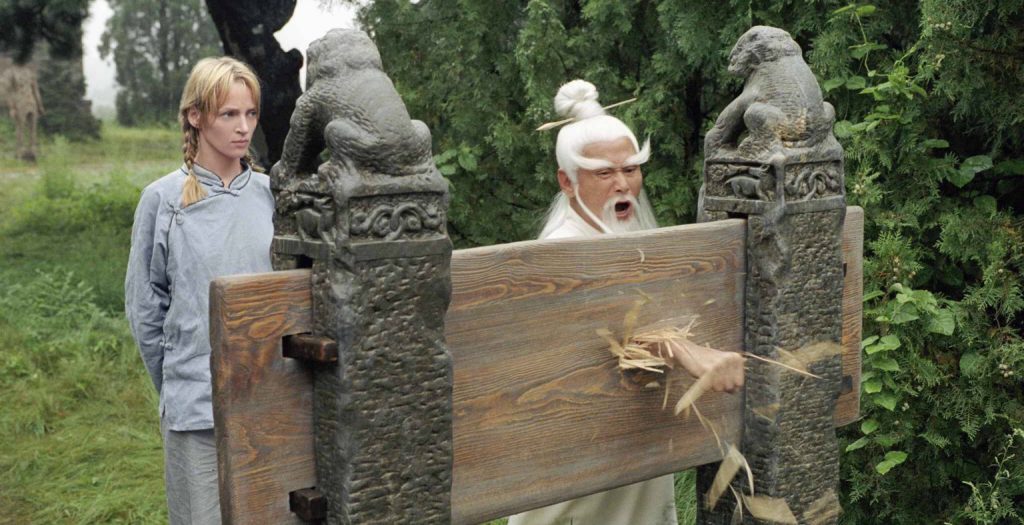
Michael Madsen as the slovenly Budd is once more on superb form following his incredible performance as Mr Blonde in Reservoir Dogs. Whilst being the one member of the group who’s let himself slip the most he’s the one who nearly gets the better of Beatrix. His exchange with Bill about her being deserving of her revenge appears in full here after fittingly being used to close the first film yet strangely, that brief snippet is a flopped or mirrored shot in Volume 1. Tarantino keeps things interesting by introducing an element of internal conflict amongst the remaining members of the Deadly Viper Assassination Squad as Elle Driver played with relish by Daryl Hannah sporting an eyepatch, cleverly dispatches Budd in order to take ownership of the Hattori Hanzo sword he acquired from Beatrix. If anything the death he endures at the hands of Elle is more cruel than anything Beatrix would have dished out and when Beatrix literally returns from the grave we are treated to another explosive girl on girl conflict that’s every bit as violent and superbly choreographed as the fight with Vernita Green in Vol. 1. The way Beatrix exacts a suitable revenge upon Elle whilst leaving her alive gives another satisfying twist and leaves things open for a potential follow-up that, thus far hasn’t come to pass.
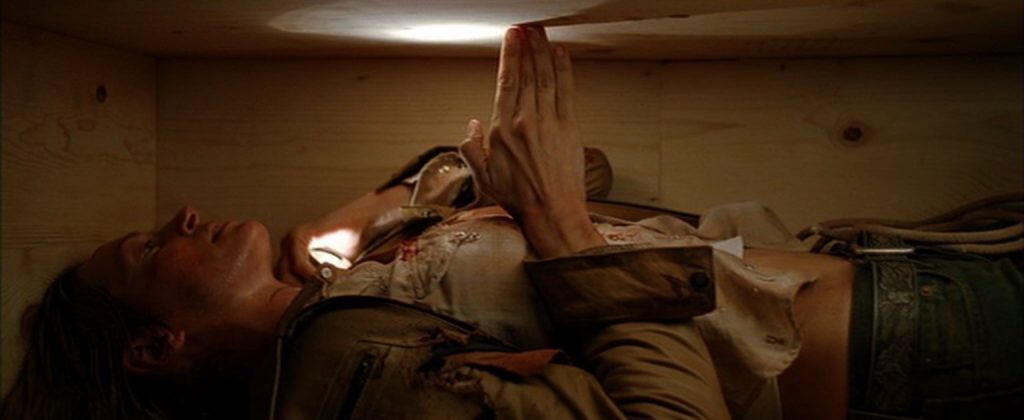
All this leads to the final confrontation with Bill where Beatrix is immediately disarmed at the sight of their young daughter B.B. Instead of the expected sprawling battle we are subjected to some brief but strained familial normality followed by a long dialogue exchange that bookends the one seen in flashback outside the church. Bill uses a nicely relevant superhero analogy to impart his wisdom upon Beatrix as to her true nature which leads into yet another inserted flashback where Beatrix learns of her pregnancy and makes the quick decision to leave the assassination business and Bill. Some have decreed the lack of a final prolonged confrontation but the ultimate resolution is both satisfying in terms of taking Bill and Beatrix to a logical, organic place whilst also satisfying the original aim of the story as described by its title. Imagine the cries of disapproval if she hadn’t killed Bill. The final method of disposal also makes the Pai Mei chapter wholly worthwhile.
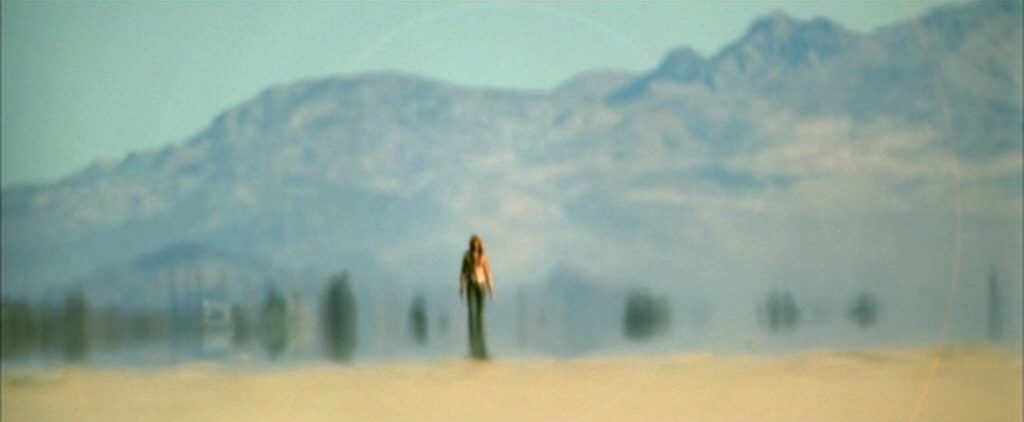
For many years I’d written the Kill Bill films off as borderline masterbatory self indulgence, especially the fairly vacuous first volume. Having now returned to it 14 years on and in context of Tarantino’s now slightly larger body of work I find Kill Bill as a complete two-film saga to be a very satisfying piece of purposefully schlocky entertainment that really shouldn’t be taken too seriously. Whilst the films still fall short of the perfection of the likes of a Pulp Fiction there’s still so much goodness to take in. The refreshing and cleverly uneven distribution of action and dialogue over the two films really does work and both films complement one another perfectly. Whilst the first film is all verve and showmanship, the second is more restrained and enriching. Even the music in Volume 2 differs in the use of a bespoke score by Robert Rodriguez as opposed to Tarantino’s usual use of existing songs for the most part.
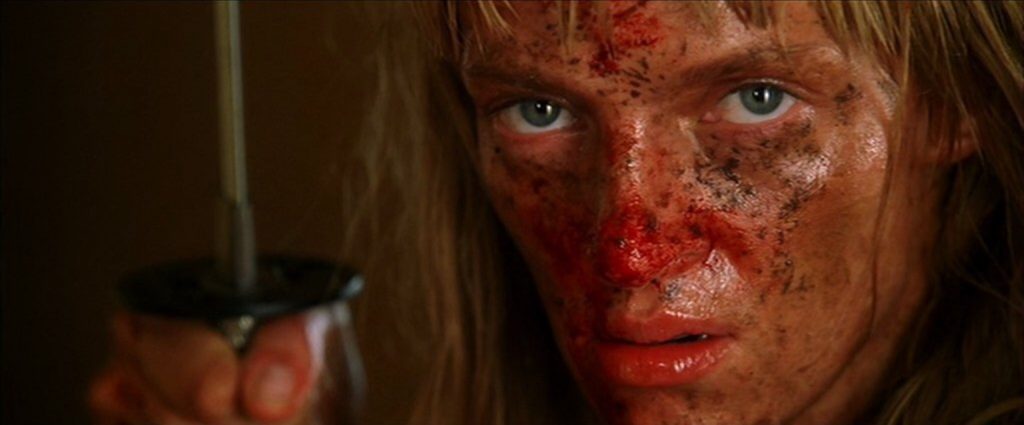
I’m glad this coverage of Tarantino’s oeuvre has forced me to reexamine Kill Bill Volumes 1 & 2. Whilst the second volume was always for me the better film, I fully understand those who prefer the more direct, frenetic and gloriously over the top approach of the first film. That said I’ve always thought that these films and the epic tale of revenge they’re trying to impart only really work when viewed as a whole. Is Kill Bill in its entirety a better work of cinema than the three Tarantino films that precede it? Personally I’d say no but they’re now two films I’m eager to rewatch as there’s so much variety on screen, almost a smorgasbord of different genres all perfectly mixed together. It’s a crazed love letter to some of the more niche genres that Tarantino reveres, a wildly subversive, genre bending grab-bag of carnage that is quite rightly regarded amongst the best work of an auteur director quite unlike any other.
Film ’89 Verdict – 8/10
